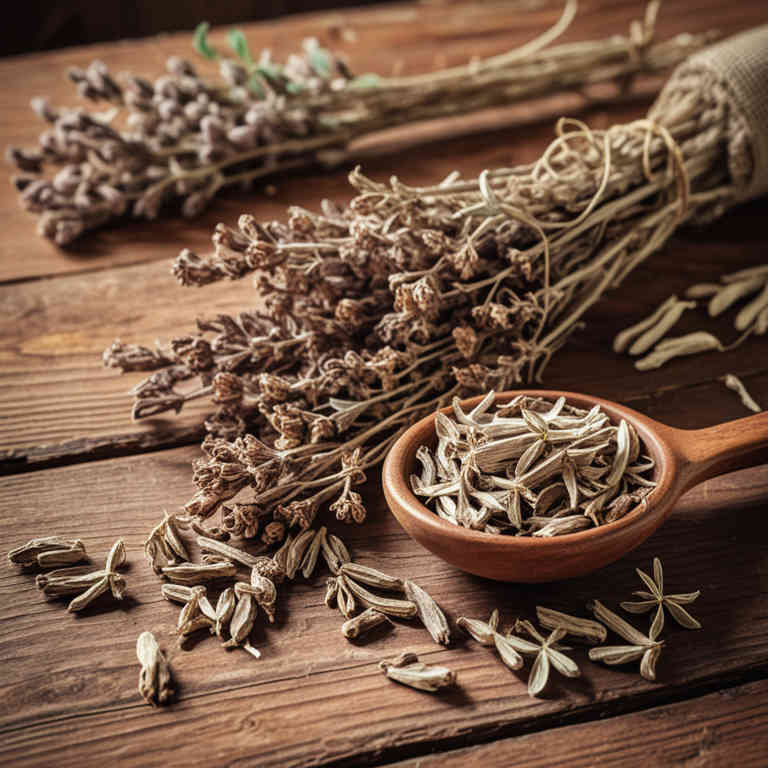Glycyrrhiza glabra linctuse for medicinal use

Glycyrrhiza glabra linctuse is a herbal preparation made from the dried root of the licorice plant, known for its sweet and soothing properties.
It is commonly used in herbalism to treat respiratory conditions such as coughs, bronchitis, and sore throats due to its expectorant and anti-inflammatory effects. The preparation works by helping to loosen mucus and reduce irritation in the throat and airways. It is also sometimes used to support the immune system and as a mild antiviral agent.
However, long-term use should be monitored due to its potential to raise blood pressure.
Uses
Glycyrrhiza glabra linctuse has been used to treat respiratory conditions such as coughs, bronchitis, and sore throats for centuries.
Historically, it was valued in traditional Chinese and Ayurvedic medicine for its expectorant and anti-inflammatory properties. In modern times, it is commonly found in over-the-counter cough syrups and lozenges due to its ability to soothe irritated mucous membranes. The preparation contains glycyrrhizin, which has demonstrated antiviral and immunomodulatory effects.
However, long-term use may lead to side effects such as hypertension, so it should be used under medical supervision.
Benefits
Glycyrrhiza glabra linctuse has health benefits such as soothing respiratory tract irritation, reducing coughing, and alleviating inflammation.
It is commonly used to relieve symptoms of colds, sore throats, and bronchitis due to its expectorant and anti-inflammatory properties. The preparation contains glycyrrhizin, which has demonstrated antiviral and immunomodulatory effects. It may also help in reducing stress by supporting adrenal function, though it should be used with caution due to potential side effects.
Overall, it is a traditional remedy valued for its therapeutic effects on the respiratory system.
Constituents
Glycyrrhiza glabra linctuse active constituents include glycyrrhizin, flavonoids, saponins, and various amino acids.
Glycyrrhizin is the primary compound responsible for the preparation's anti-inflammatory and antiviral properties. Flavonoids contribute to its antioxidant effects, helping to protect cells from oxidative stress. Saponins may support immune function and have mild expectorant properties.
These constituents work together to provide relief for respiratory conditions and promote overall health.
Preparation
To make Glycyrrhiza glabra linctuse, first gather 10 grams of dried licorice root and 200 milliliters of water.
Bring the water to a boil, then reduce the heat and simmer the licorice root for 15 to 20 minutes. Strain the liquid to remove the plant material, then add 50 grams of honey to the decoction and stir until fully combined. Allow the mixture to cool slightly before transferring it to a clean, airtight container.
Store the linctuse in a cool, dark place and use it as needed for its soothing properties.
Side Effects
Glycyrrhiza glabra linctuse may lead to adverse effects on the cardiovascular system due to its high content of glycyrrhizin, which can cause sodium retention and potassium loss.
Prolonged use may result in hypertension, fluid retention, and increased risk of heart failure. It can also disrupt the balance of electrolytes, leading to hypokalemia and potentially arrhythmias. Additionally, it may cause pseudoaldosteronism, a condition mimicking the effects of aldosterone, leading to increased blood pressure and edema.
Long-term use should be avoided in individuals with hypertension, heart disease, or those taking diuretics.